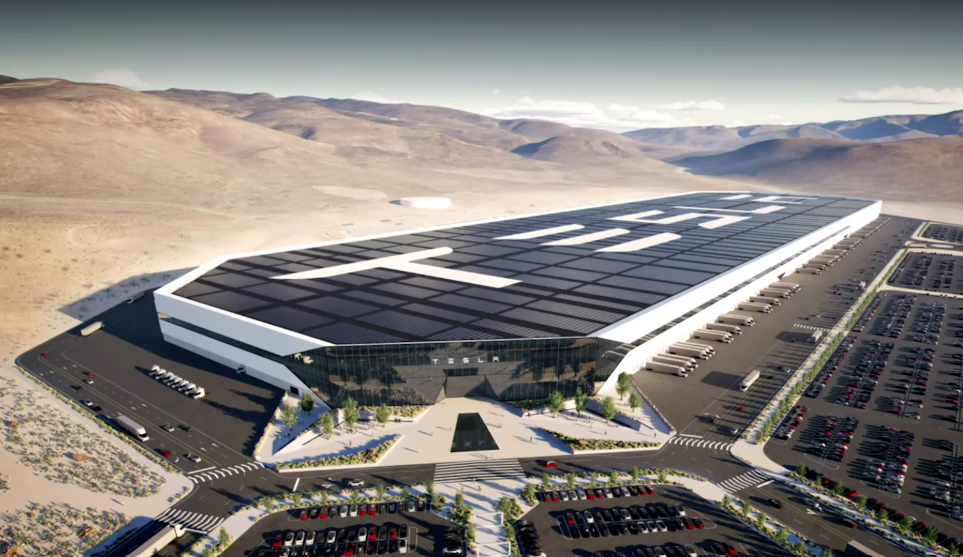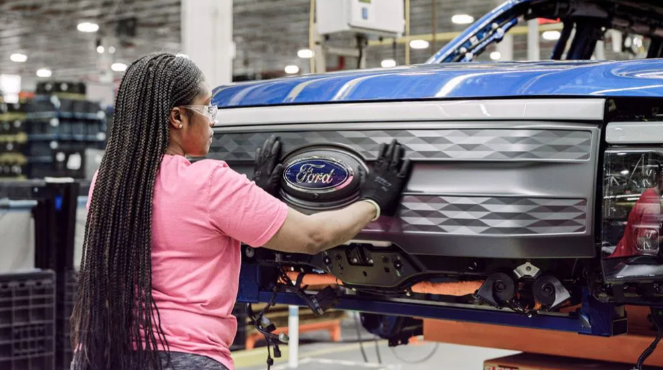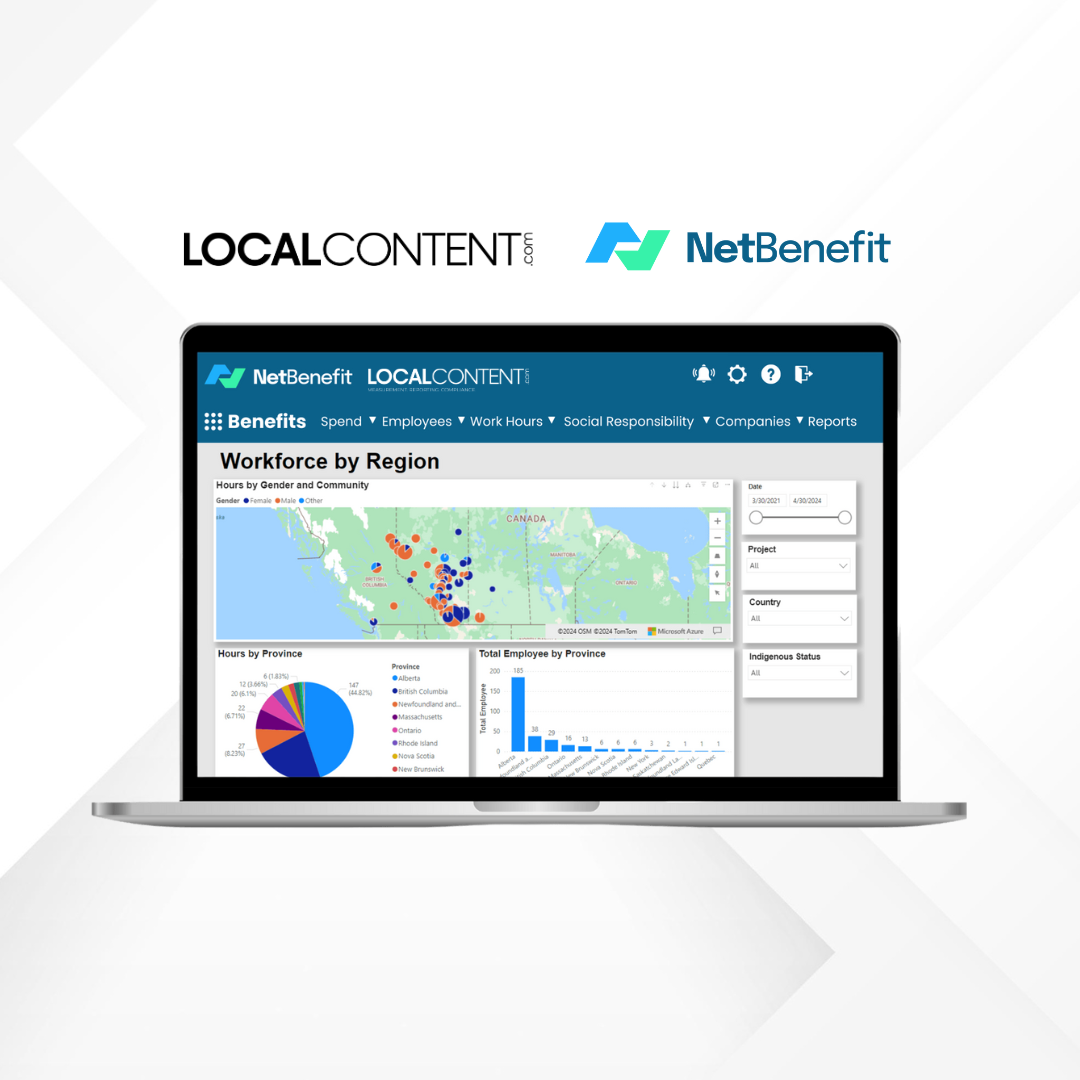Local content policies are emerging as a transformative force in the construction and manufacturing industries, opening up significant opportunities for small businesses, nonprofits, and local residents. These policies prioritize the involvement of local businesses, the creation of jobs, and investments in community benefits, turning large-scale projects into engines of economic growth and social responsibility. As construction and manufacturing projects move forward, they are not only building state-of-the-art facilities but also strengthening local economies, creating jobs, and improving the quality of life for residents. Local content policies help unlock public support, funding, tax incentives, and provide developers with a competitive edge. Their positive effects ripple throughout the community, benefiting not just industry stakeholders, but local families and businesses as well. Let’s explore three impactful examples that demonstrate the economic benefits of local content policies in the construction and manufacturing sectors.
I.The Hudson Yards Development – New York, NYC

The Hudson Yards project in New York City stands as a powerful example of how local content policies can have an enormous impact on urban development and economic growth. As the largest private real estate development in U.S. history, the project was built with a commitment to local labor and sourcing. Over 10,000 workers were involved in the construction, with more than 40% of the labor force drawn from local New York City residents. This local hiring initiative directly generated more than $300 million in wages for the surrounding area. Additionally, more than 150 small businesses, including a large number of minority- and women-owned firms, were incorporated into the supply chain, fostering economic diversity and inclusion.
The Hudson Yards development also focused on providing job training programs for local residents, preparing them for long-term careers in construction and infrastructure. These initiatives allowed workers to acquire valuable skills that translated into stable, well-paying jobs, ensuring ongoing economic opportunities for New York’s underserved communities. The project’s dedication to community engagement helped secure broad public support, and the resulting infrastructure, which includes office spaces, residential buildings, and retail centers, is expected to contribute over $19 billion to the city’s economy over the next 30 years.
II.The Tesla Gigafactory – Sparks, NV

Tesla’s Gigafactory in Sparks, Nevada, is another prime example of how local content policies can drive significant economic growth while advancing sustainable manufacturing. This state-of-the-art facility, designed to produce electric vehicle batteries and components, represents a massive investment in local economies. During the construction phase, Tesla created thousands of jobs, with over 50% of the workforce coming from the local Nevada area. Tesla also partnered with local suppliers for a large portion of the raw materials used in the factory, including steel, concrete, and specialized components, helping to stimulate local manufacturing businesses.
Tesla’s local content policies extended beyond job creation to include workforce development initiatives. The company worked closely with local community colleges and technical schools to create tailored training programs that equipped local workers with the skills needed to operate the high-tech manufacturing machinery. These programs helped secure long-term, stable employment for many workers in Nevada, with thousands of new jobs created across the state. Tesla’s Gigafactory is expected to generate $100 billion in economic activity over the next several decades, with a substantial portion of that benefiting local businesses and residents. Additionally, the facility’s focus on renewable energy and sustainable manufacturing practices has set a new standard for environmentally-conscious production.
III.The Ford Rouge Factory – Dearborn, MI

Ford Motor Company’s Rouge Factory in Dearborn, Michigan, is a shining example of how local content policies can support both the manufacturing industry and the local community. The Rouge Factory has been in operation for over a century, and Ford has consistently committed to employing local workers and sourcing materials from nearby suppliers. During its recent modernization, Ford focused on enhancing the factory’s sustainability and efficiency, and more than 80% of the materials for the renovation were sourced from Michigan-based companies.
Ford’s investment in the local workforce extended beyond job creation to include comprehensive training programs that helped workers develop skills in advanced manufacturing technologies, which are critical to the future of the automotive industry. Through these programs, many local residents were able to gain valuable experience in sustainable manufacturing and green technologies, positioning them for long-term success in the evolving automotive sector. The modernization of the Rouge Factory is expected to generate $100 million in annual economic impact for Michigan, ensuring that local businesses and communities directly benefit from Ford’s continued investment in the region.
These three examples—the Hudson Yards development in New York, Tesla’s Gigafactory in Nevada, and Ford’s Rouge Factory in Michigan—demonstrate how local content policies are reshaping the construction and manufacturing industries. By focusing on local business participation, workforce development, and community engagement, these projects are not just transforming physical infrastructure but are also driving economic growth and social responsibility. Local content policies ensure that the benefits of large-scale development projects reach far beyond the construction site, creating long-term opportunities for local residents, small businesses, and entire communities. As these examples show, local content policies are paving the way for a future where construction and manufacturing industries not only fuel economic success but also foster sustainable growth and community well-being.
Learn more at Local Content Week









